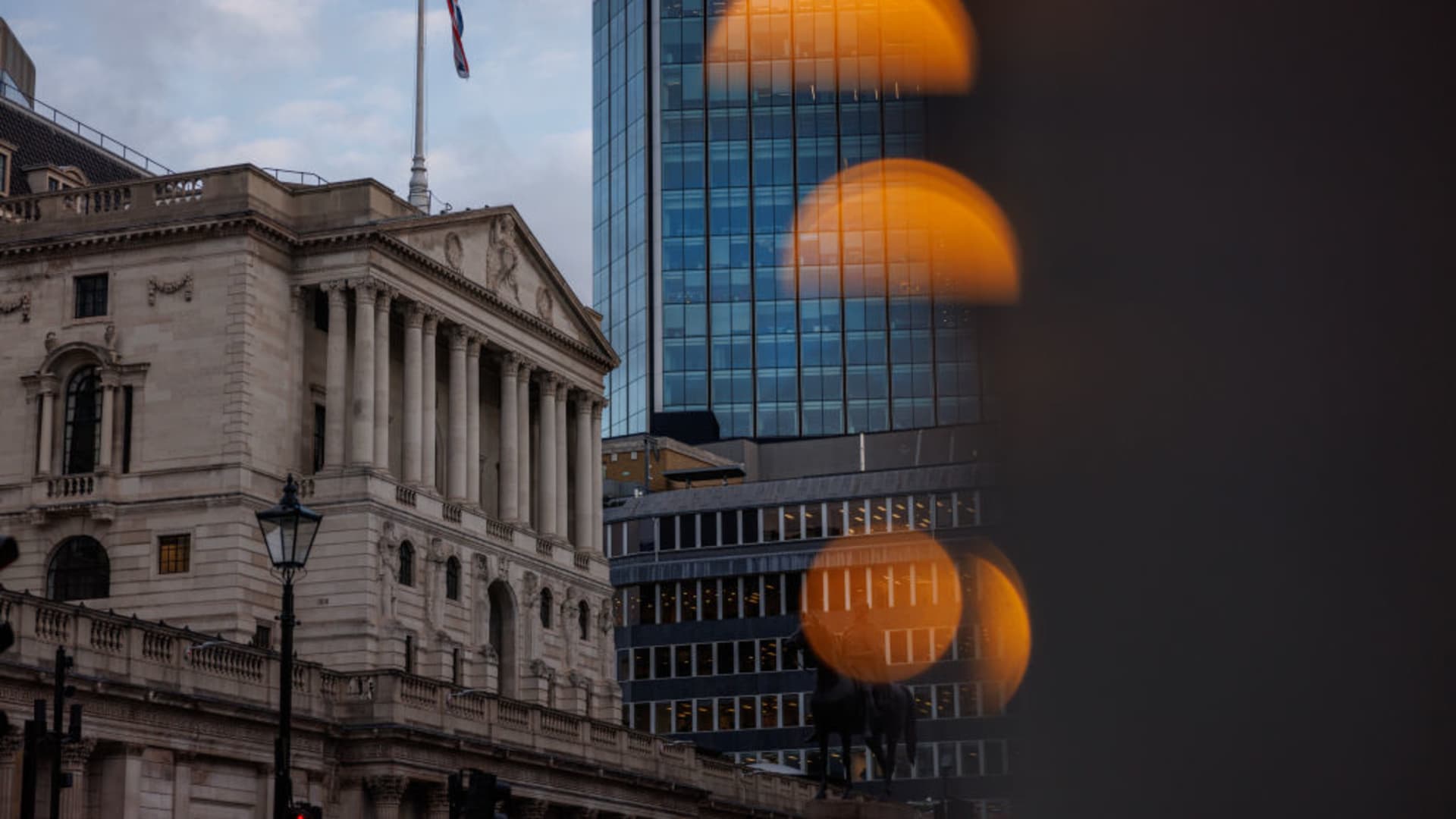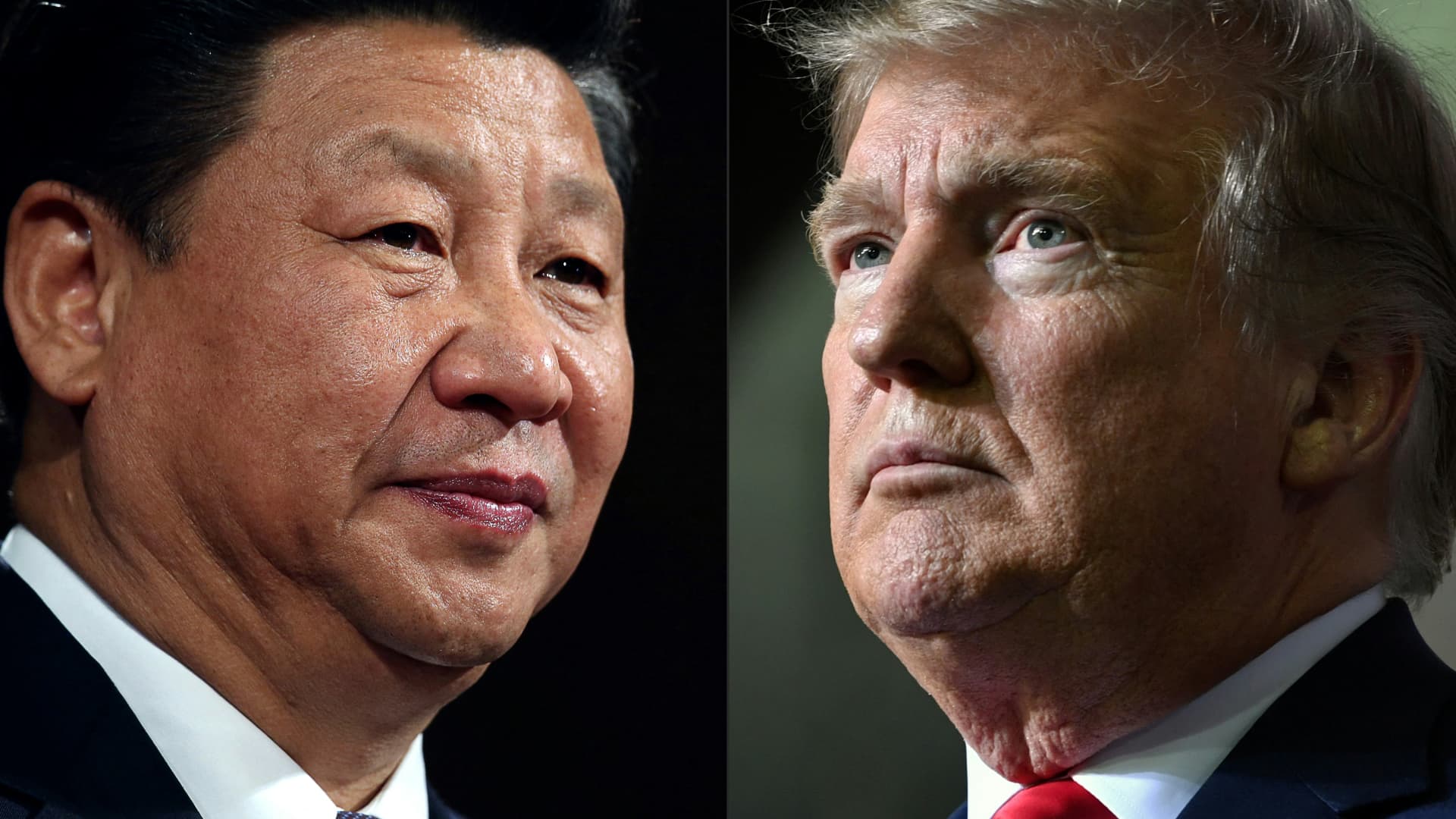A general view of the Bank of England on Dec. 19, 2024 in London, England.
Dan Kitwood | Getty Images News | Getty Images
This report is from today’s CNBC Daily Open, our international markets newsletter. CNBC Daily Open brings investors up to speed on everything they need to know, no matter where they are. Like what you see? You can subscribe here.
What you need to know today
All eyes on U.S. jobs report
The U.S. nonfarm payrolls report for December will be released later Friday. Economists expect it to show an increase of 155,000 jobs, down from 227,000 in November, and the unemployment rate to remain unchanged at 4.2%. Analysts from Goldman Sachs and Citigroup, however, think both numbers will be worse than the consensus forecast.
U.S. markets dark, Europe markets close higher
U.S. markets were closed on Thursday in honor of former U.S. President Jimmy Carter, who died in late December at age 100. Asia-Pacific markets dropped on Friday. Japan’s Nikkei 225 declined around 1%, leading losses in the region, as data showed household spending in November falling less than expected. China’s CSI 300 lost 1.25% after the People’s Bank of China suspended bond purchases.
All-time lows for 10-year Chinese bond yields
Chinese sovereign bonds have seen a strong rally since December, with 10-year yields plunging to all-time lows this month after dropping by about 34 basis points, according to LSEG data. Loan demand from consumers and businesses in China has been lackluster, which has cause banks to scoop up government bonds, pressurizing yields.
Fed governor thinks December’s cut should be ‘final step’
U.S. Federal Reserve Governor Michelle Bowman said the Fed’s December interest rate cut should be its “final step in the policy recalibration phase.” That suggests that Bowman, who is a voting member of the Federal Open Market Committee, might oppose further cuts this year. Other Fed officials who spoke this week were more optimistic about lowering rates.
[PRO] Small- and mid-cap UK stocks to buy
There may be some questions about the strength of the U.K. economy right now. But Barclays continues to see investment opportunities in the country, naming three small- and mid-cap stocks it is betting on right now— with two of them having an implied upside of above 40%.
The bottom line
Long-term borrowing costs for the U.K. government are currently at an almost three-decade high. As of 6 a.m. London time, the yield on the 30-year gilt was 5.359%, its highest level since 1998.
The yield of gilts — a fancy British term for government bonds like U.S. Treasurys — spiked after the U.K. Debt Management Office on Tuesday auctioned off £2.25 billion ($2.83 billion) worth of gilts with a 30-year maturity.
Typically, bond yields rise in response to higher interest rates, which remain elevated when inflation stays stubbornly above most central banks’ 2% target.
In the U.K., this is a problem. Headline inflation rose to 2.6% in November, on an annual basis, the second consecutive monthly increase.
Worse, in October, U.K. gross domestic product contracted 0.1% on a monthly basis, raising the specter of stagflation — when an economy struggles with high inflation and a stagnant economy.
Plans by the Labor government to raise taxes and significantly increase borrowing have also put pressure on gilt prices, which move in the opposite direction to yields.
Also consider currency movements. Higher government bond yields often translate to a stronger currency, because the returns attract global investors who drive up demand.
The U.K. pound, however, has fallen against the U.S. dollar even as gilt yields have risen.
Taken together, these factors paint a picture of a frail economy, so it seems natural for investors to demand higher yields if they were to lend the U.K. government money.
But we shouldn’t exaggerate the situation. Consider Liz Truss’ disastrous “mini-budget” of 2022, which caused a massive sell-off in gilts and a jump in yields in a matter of days (yields usually move at a glacial pace).
During that period, the U.S. 30-year Treasury yield was around 3.5%. On Friday, it was at 4.9%, meaning that gilts are keeping pace with Treasurys rather than running amok. In other words, the recent rise in gilt yields isn’t necessarily because of turmoil in the U.K., as bond yields, interest rates and inflation fears remain high globally.
It’s always scary when a country’s financial markets experience ruction. When others are facing the same problems, it perhaps makes the scenario a little easier to bear.
— CNBC’s Chloe Taylor, Jenni Reid, Karen Gilchrist and Elliot Smith contributed to this report.











